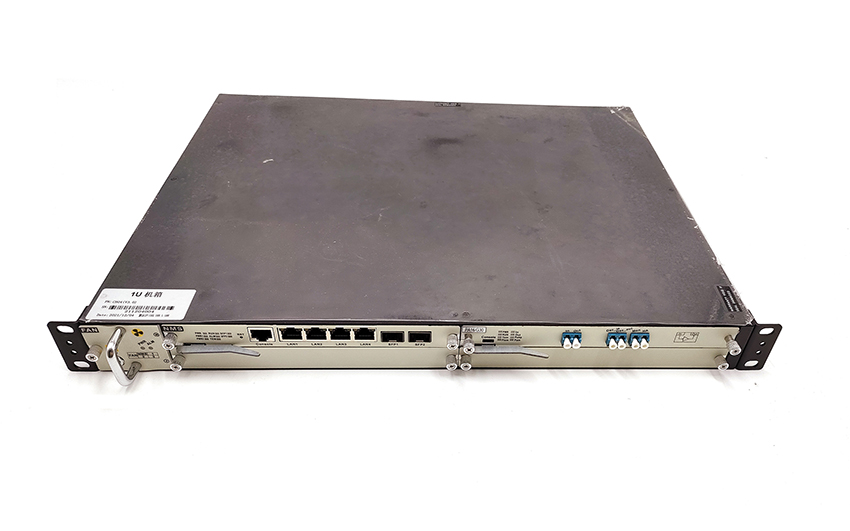Optical fibre amplifier (OFA) is a new type of all-optical amplifier used in fibre-optic communication lines to amplify signals.
According to its position and role in the fiber optic line, it is generally divided into three kinds of relay amplification, pre-amplifier , line
amplifier and boost amplifier. Compared with the traditional semiconductor laser amplifier (SOA), OFA does not need to go through the complex process of photoelectric conversion, electro-optical conversion and signal regeneration, and can directly amplify the signal all-optical, with good "transparency", especially for long-distance optical communication relay amplification. It can be said that OFA has laid a technical foundation for the realisation of all-optical communication.
Optical fibre amplifier technology involves doping the fibre core of an optical fibre with rare-earth elements that produce laser light, and amplifying the passing optical signal by means of a direct current optical excitation provided by a laser. The traditional optical fibre transmission system is to use optical-electrical-optical regenerative repeater, this kind of relay equipment affects the stability and reliability of the system, in order to remove the above conversion process, directly on the optical path of the signal amplification transmission, it is necessary to use an all-optical transmission type repeater to replace this regenerative repeater.
There are three main types of fibre optic amplifiers.
(1) SemiconductorOpticalAmplifier (SOA);
(2) doped with rare earth elements (
EDFA), Tm, culture Pr, nickel Nd, etc.) of the optical fiber amplifier, mainly ear-doped optical fiber amplifier (EDFA), Tm-doped optical fiber amplifier (TDFA), praseodymium-doped optical fiber amplifier (PDFA), etc.;
(3) Non-linear fiber amplifier is fiber Raman amplifier (FRA, FiberRamanAmplifier).
In the fiber optic access network appeared F1TH (fiber to the home), FTTO (fiber to the office), FTTB (fiber to the building), FTTC (fiber to the curb), etc., of which the largest application is FTTH, the difficulty is that the fiber terminal branches too much, for passive networks, after several branches, the user receives a very low optical power (branch each doubled, the optical power drops For passive networks, after a few branches, the optical power received by the user is very low (for every doubling of branches, the optical power decreases by 3 dB), making the terminal inoperable. With the use of fibre-optic amplifiers, the power emitted is increased, and after several branches, the user side can still receive normally, making the realisation of FTTH possible. The emergence and development of fibre-optic amplifiers thus overcame the biggest obstacle to high-speed transmission over leased distances - the limitation of optical power budgets - and is an important milestone in the history of optical communications.


